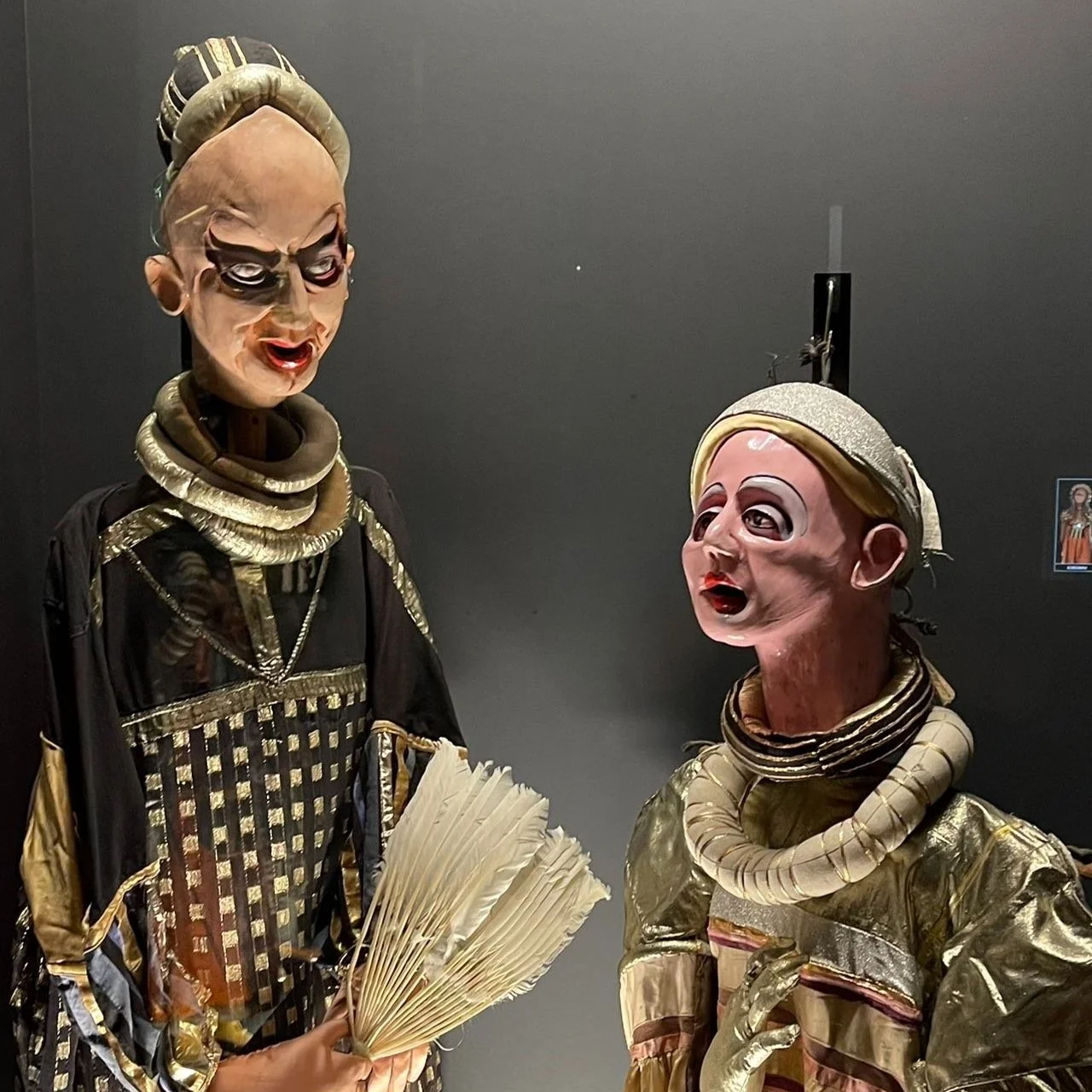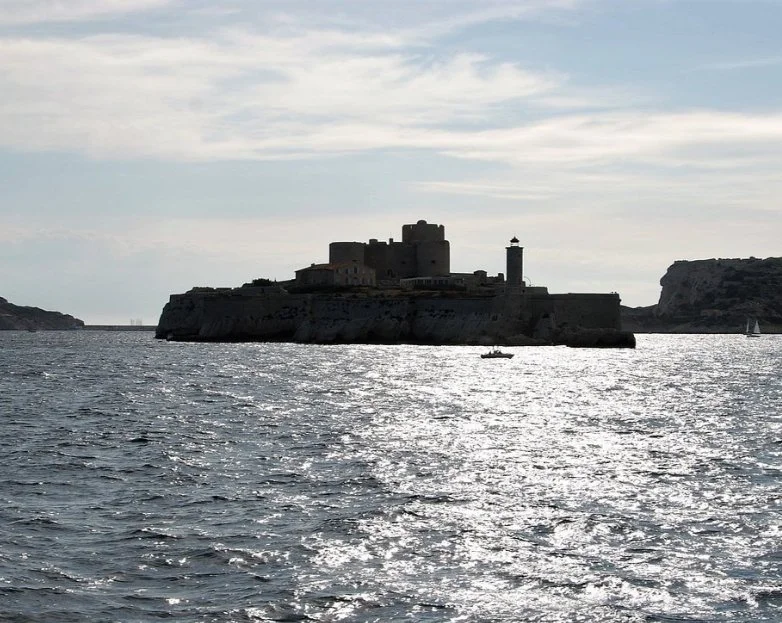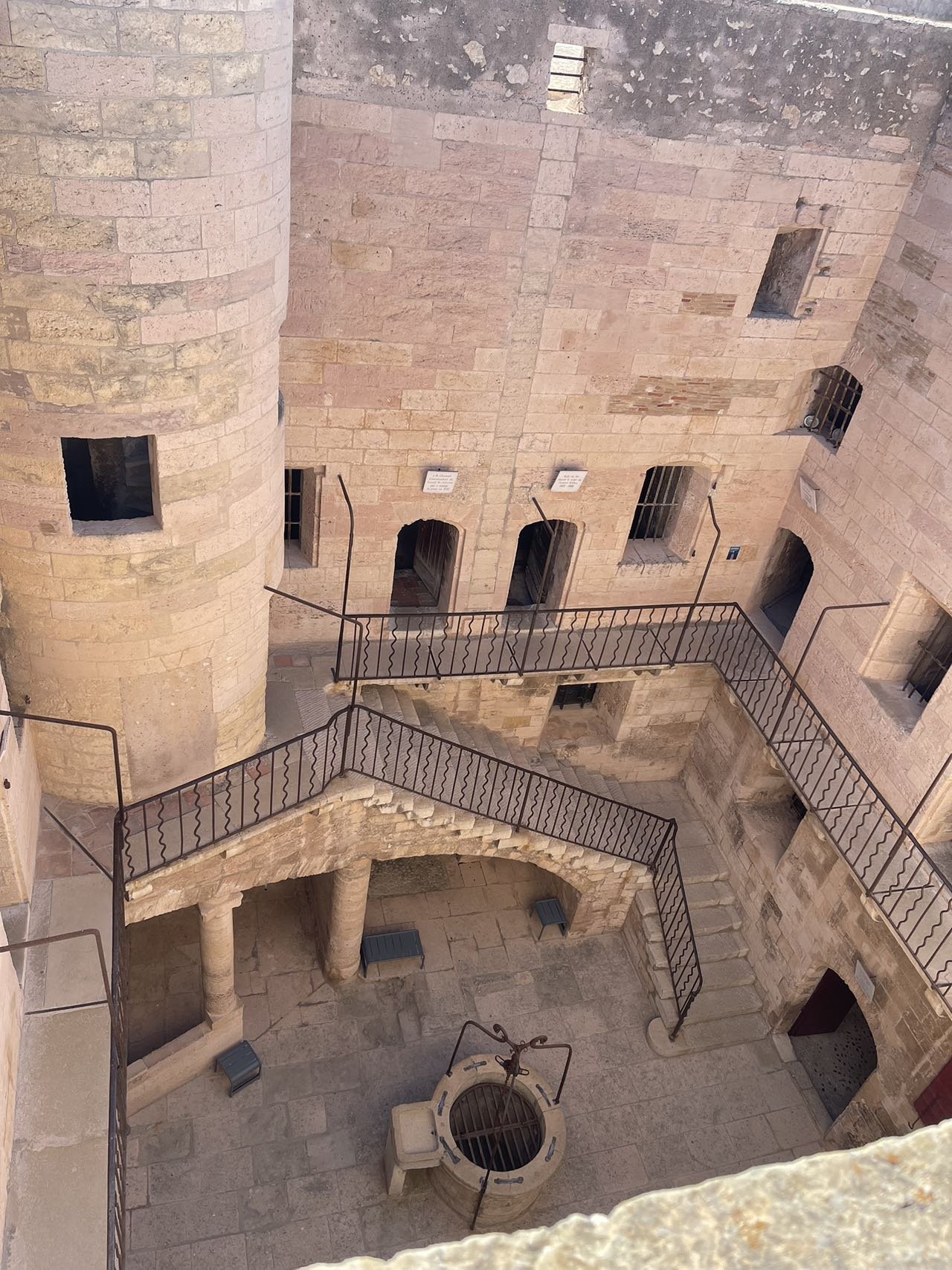
CONTEXTS
Artists
Unit 3
Xirómero/Dryland @Venice Biennale Greek 2024
Photos from the exhibition
During the summer break, I went to Venice to watch the 2024 Venice Biennale. What impressed me most was this work in the Greek Pavilion - Dry Land.
Xirómero/Dryland is an interdisciplinary collective work conceived by Thanasis Deligiannis and Yannis Michalopoulos, created along with the artists Elia Kalogianni, Yorgos Kyvernitis, Kostas Chaikalis and Fotis Sagonas. The entire installation lasted half an hour and I watched the whole thing. I was surprised and shocked by the various digital art expressions it combined! Xirómero/Dryland is conceived as an immersive experience taking the form of a hybrid installation that fuses together its varied elements – an agricultural irrigation machine and found objects; sound, video, light, and all the equipment these entail (speakers, monitors, luminaires, and so on) – into a singular spatial and temporal composition, intersecting as well with the building of the Greek Pavilion itself. It enters into discourse with agricultural environments, technological impacts, cultural otherness and the very walls of the pavilion to generate a multi-sensory experience.
The form of the entire work and the immersive viewing experience are the largest digital art interactive installations I have seen so far. However, this work is not only innovative in form, its content is also very powerful. Xirómero/Dryland aims to relate the experience of local customs to the global condition where aesthetic directions change, traditions shift, rural life and celebration take on different forms, whilst the political dimensions of these processes remain an open subject of inquiry. Thanasis Deligiannis comments on how the pavilion itself fits into the project: "When someone approaches the building, they see it as a semi-Byzantine temple. In our research we found that many things happened around the church or during religious events. So, the warehouse, the field and the church all come together to create something like a dream".
This work taught me how to better integrate the work with the venue and create a more immersive experience in digital art. And how to use a variety of forms of coordination to express the power and solemn visual effects of the content.
Video recording of the exhibition
Image record of the installation work being played
Museu da Marioneta (Museum of Puppetry) / Lisbon
Marionettes from China, Museum of Puppetry
The Puppet Museum in Lisbon is one I visited on a special trip in August. As the first and only Portuguese museum dedicated to explaining and spreading the history of puppets and puppet theater, it showcases the history of puppet art around the world. This museum contains a vast array of puppets and marionettes from all over the world, featuring incredible works by Portuguese creators.
Enter this grand old building, a convent built in the 1600s by permission of King John IV of Portugal, and slip behind the curtain into Lisbon’s only museum dedicated to the history of puppetry. I browsed the history of puppet art around the world, including introductions to puppet theaters and puppet culture in China, Vietnam, the United States, Europe, and Portugal.
I was amazed at the excellent ideas and wild imagination of these puppet artists for puppets. Their use of materials and attempts in the content of puppet stories are worth learning. Among them, the part that interests me most is the masks in some puppets. These vivid masks are of great help to my further study of the image theory of the uncanny valley. I can combine the historical background of different countries to understand in more detail the relationship between these puppet images and local culture, as well as the relationship between these puppet images and the lives of local people. These are all inseparable and important parts of artistic expression.
Puppetry from around the world, Museum of Puppetry
Digital Art Residency / Château d'If
If Island scenery
In 1516, king Francis the 1st of France had the idea to build a fortress on the island ‘île d’If’ during a visit to Marseille. The building soon became a prison as its isolated location made it more difficult to escape. José Custodio Faria, made famous by Alexandre Dumas’ novel ‘The Count of Monte-Cristo’, was a famous prisoner there. The site is full of ‘little stories’, such as the famous hole dug on the wall by Edmond Dantès when he escaped. The fortress ended up sheltering the rebels of 1848 and the ‘communards’ of 1871. It stopped being used as a prison when it opened to the public in 1890.
I came to Marseille for a vacation during the summer break, and we came to this magical prison island on the last day. The island is really small and is basically made up of a castle prison. We visited some of the history of the former prison, which was a bit boring to be honest. When we were about to leave, we suddenly saw a digital art exhibition combined with the castle. It was amazing. Later, after checking the introduction, I learned that this was an art residency project carried out by the Chateau d'If. Artists used this island as inspiration to collect a large number of local natural materials, and recreated them into new works of art through 3D printing, projection, and digital art, giving this place fresh blood and new vitality.
At the same time, this attempt at a new form of digital art combined with local materials also inspired me. I think these digital art works in the dark and humid castle are more vital and have a unique geographical attribute of the ocean texture than any digital art works exhibited in art galleries!
Digital Art Residency at Château d'If
























